Why You Should Think Twice About Faking a Service Dog
by Beth Finke
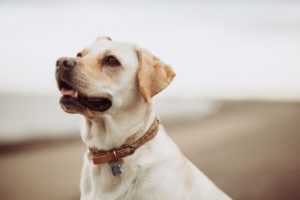 I’m blind, my Seeing Eye dog Whitney guides me safely wherever I need to go, and in the past I’ve been pretty clear here on how I feel about people in America faking their pet is a service dog to get them into places dogs are not allowed.
I’m blind, my Seeing Eye dog Whitney guides me safely wherever I need to go, and in the past I’ve been pretty clear here on how I feel about people in America faking their pet is a service dog to get them into places dogs are not allowed.
Most of the blogs, tweets and podcasts I hear chastising dog owners who do this have been written by someone like me, who has a disability. So it was refreshing to read this compassionate article called Stop Faking Service Dogs by a dog lover who writes for Outside online magazine. Reporter Wes Siler doesn’t have a disability himself, and in his article he questions why others like him think it’s okay to fake it.
The article describes what qualifies a dog as a service animal in a way any average person should be able to understand.
Siler explains that the Americans with Disabilities Act limits the definition of a service animal to one that is trained to perform work or a task that helps a person who has a disability, and Dogs whose sole function is to provide comfort or emotional support do not qualify as service animals under the ADA. “So, while a dog that is trained to calm a person suffering an anxiety attack due to post-traumatic stress disorder is considered a service dog,” Siler writes. “A dog whose mere presence calms a person is not.”
Still, people claim their therapy and emotional support dogs qualify. In his article, Siler quotes a man named Randy Pierce describing a flight he went on once with his guide dog Autumn that also had an unruly emotional support dog on board who barked incessantly during the entire trip. “My dog was not barking back, but the barking was changing her behavior,” Pierce said. “That makes it harder for her to do her job; she loses her focus. I’m 6’4″, so if she loses her focus, it means I’m going to hit my head on an exit sign or a doorway or, if we’re on a street, maybe even step out into traffic.” From the article:
“Pierce’s dog, Autumn, completely ignores other dogs, doesn’t beg for food, sits quietly for the duration of long flights, and generally minimizes her impact. That’s the result of lots of money—service dogs cost upwards of $20,000—and thousands of hours of training. Pierce, for example, has developed a routine with Autumn that involves the dog communicating when she needs to go to the bathroom, and then doing so in a specific orientation to Pierce that enables him to easily find it and collect it in a baggie. A true service dog is essential to its human partner’s well being, as well as a huge financial investment that other untrained dogs in public places put at risk.”
Note: when it comes to the cost for training guide dogs for people who are blind, most of the funds come from donations to the organizations that train them. The cost to train some service dogs to help people with other disabilities can fall directly on the person with the disability, though.
The article refers to a study conducted at the University of California at Davis that says between the years 2002 and 2012 the number of “therapy dogs” or “emotional support animals” registered by animal control facilities in the state of California increased by 1000 percent, and that the increasing presence of emotional support dogs on flights and at businesses is creating a backlash that impacts true service dogs (Pierce said on his flight with guide dog Autumn he overheard a flight attendant telling her colleague that she “wished they wouldn’t allow service dogs”).
I hope you’ll read the entire article – there’s a lot more oomph to it than I can fit into a blog post here. How about I leave you here with my favorite part, where reporter Wes Siler just lays it out for readers:
“Look, I get the desire to bring your pet along with you everywhere you go. My dogs are as important to me as my friends and family. The first criteria my girlfriend and I apply to where we eat, drink, and travel is whether our dogs can enjoy it with us. But out of respect for the needs of disabled people, for the incredible work that real service dogs perform, and for the people managing and patronizing these businesses, we will not lie. We do not take our pets places where they’re not welcome. We never want to compromise the ability of a service dog to perform its essential duties.
As an animal lover, don’t you want the same thing?”







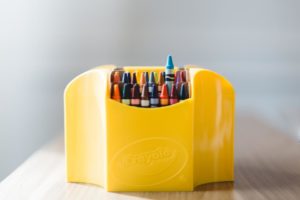 All the attention — and destruction — Hurricane Irma has brought the state of Florida this past week got me thinking about all the kids who have had to have there brand new school year disrupted. And that made me think of a
All the attention — and destruction — Hurricane Irma has brought the state of Florida this past week got me thinking about all the kids who have had to have there brand new school year disrupted. And that made me think of a 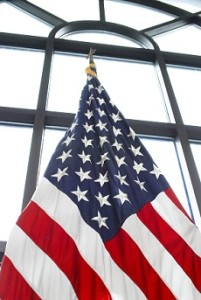 Wait a minute. Didn’t the school year just start? Well, if you are in college right now, or will just be finishing college in 2018, or plan on attending law school or grad school,believe it or not,the
Wait a minute. Didn’t the school year just start? Well, if you are in college right now, or will just be finishing college in 2018, or plan on attending law school or grad school,believe it or not,the 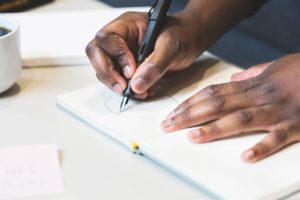 I hear stories on TV and radio business shows that say people with disabilities are a large and growing market, and they always leave me wondering: Don’t businesses understand that one good way to tap into that market might be
I hear stories on TV and radio business shows that say people with disabilities are a large and growing market, and they always leave me wondering: Don’t businesses understand that one good way to tap into that market might be 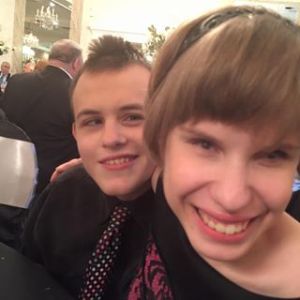
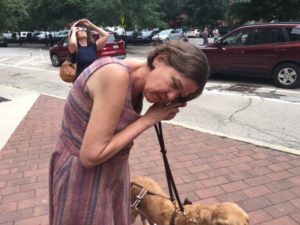 WBEZ (Chicago Public Radio) had me come to the studio yesterday morning to talk about using the
WBEZ (Chicago Public Radio) had me come to the studio yesterday morning to talk about using the 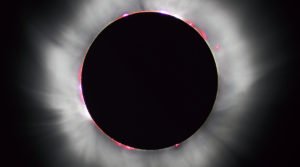
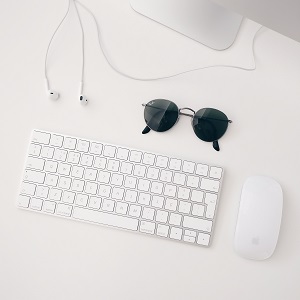 When I asked several people I knew – sighted and blind – through the instant question-answer format of social media, I received so many answers, and many conflicted with each other. I had no idea the types of division I would stir up. All paraphrasing is mine, but the general ideas went something like this.
When I asked several people I knew – sighted and blind – through the instant question-answer format of social media, I received so many answers, and many conflicted with each other. I had no idea the types of division I would stir up. All paraphrasing is mine, but the general ideas went something like this.